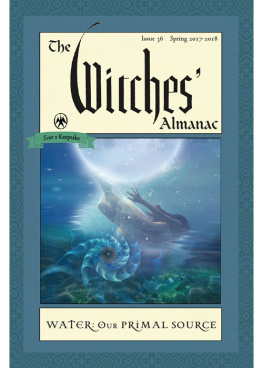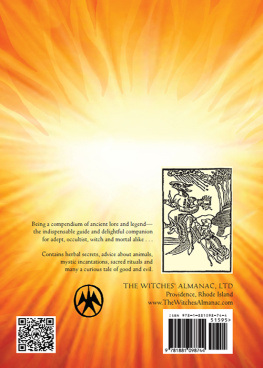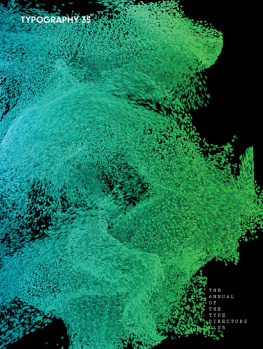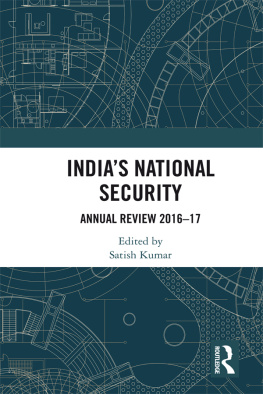Publication Division - India 2018: A Reference Annual
Here you can read online Publication Division - India 2018: A Reference Annual full text of the book (entire story) in english for free. Download pdf and epub, get meaning, cover and reviews about this ebook. year: 2017, publisher: Publication Division, genre: Politics. Description of the work, (preface) as well as reviews are available. Best literature library LitArk.com created for fans of good reading and offers a wide selection of genres:
Romance novel
Science fiction
Adventure
Detective
Science
History
Home and family
Prose
Art
Politics
Computer
Non-fiction
Religion
Business
Children
Humor
Choose a favorite category and find really read worthwhile books. Enjoy immersion in the world of imagination, feel the emotions of the characters or learn something new for yourself, make an fascinating discovery.
- Book:India 2018: A Reference Annual
- Author:
- Publisher:Publication Division
- Genre:
- Year:2017
- Rating:5 / 5
- Favourites:Add to favourites
- Your mark:
- 100
- 1
- 2
- 3
- 4
- 5
India 2018: A Reference Annual: summary, description and annotation
We offer to read an annotation, description, summary or preface (depends on what the author of the book "India 2018: A Reference Annual" wrote himself). If you haven't found the necessary information about the book — write in the comments, we will try to find it.
India 2018: A Reference Annual — read online for free the complete book (whole text) full work
Below is the text of the book, divided by pages. System saving the place of the last page read, allows you to conveniently read the book "India 2018: A Reference Annual" online for free, without having to search again every time where you left off. Put a bookmark, and you can go to the page where you finished reading at any time.
Font size:
Interval:
Bookmark:
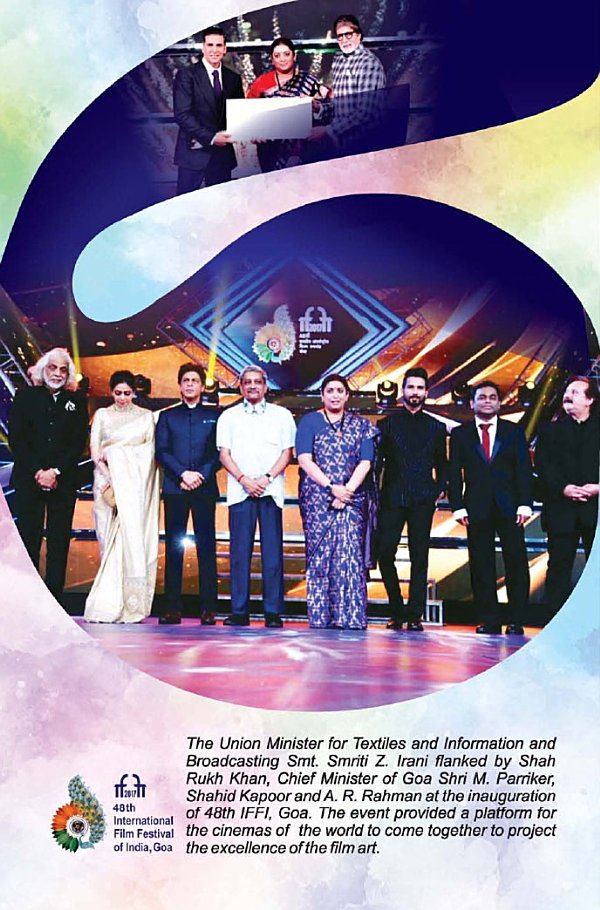
INDIA 2018
A REFERENCE ANNUAL
Compiled by
NEW MEDIA WING

PUBLICATIONS DIVISION
MINISTRY OF INFORMATION AND BROADCASTING
GOVERNMENT OF INDIA
New Media Wing
Ministry of Information and Broadcasting,
Government of India
Published by the Director General,
Publications Division,
Ministry of Information and Broadcasting,
Government of India, Soochna Bhawan, CGO Complex,
Lodhi Road, New Delhi-110 003
Website : www.publicationsdivision.nic.in
E-mail : dpd@nic.in
Publications Division
Editor: Roma Chatterjee
New Media Wing
Compilation and Coordination
B. Narayanan
Smita Vats Sharma
Simmi Kumar
Shivanand Pandey
Editorial Coordination : Deepika Kachhal
Cover Design : Gajanan P. Dhope
Production : V. K. Meena
Sales Centres : Soochna Bhawan, C.G.O. Complex, Lodhi Road, New Delhi-110003 Hall No. 196, Old Secretariat, Delhi-110054 701, B-Wing, Kendriya Sadan, Belapur, Navi Mumbai-400614 8, Esplanade East, Kolkata-700069 A Wing, Rajaji Bhawan, Besant Nagar, Chennai-600090 Press Road, Thiruvananthapuram-695001 Room No. 204. 2nd Floor CGO Towers, Kavadiguda, Hyderabad-500080 1st Floor, F Wing, Kendriya Sadan, Koramangala, Bangalore-560034 Bihar State Co-operative Bank Building, Ashoka Rajpath, Patna-800004 Hall No. 1, 2nd Floor, Kendriya Bhawan, Sector-H, Aliganj, Lucknow-226024 Ambica Complex, 1st Floor, Paldi, Ahmedabad-380007 House No. 4, Pensionpara Road, P.O. Silpukhuri, Guwahati-781003.
Contents
 |
INDIA is the cradle of the human race, the birthplace of human speech, the mother of history, the grandmother of legend and the great grandmother of tradition. Our most valuable and most instructive materials in the history of man are treasured up in India only.Mark Twain
India has a unique culture and is one of the oldest and greatest civilizations of the world. It stretches from the snow-capped Himalayas in the north to sun drenched coastal villages of the south and the humid tropical forests on the south-west coast, from the fertile geographical entity. Bound by the Great Himalayas in the north, it stretches southwards and at the Tropic of Cancer tapers off into the Indian Ocean between the Bay of Bengal on the east and the Arabian Sea on the west.
Lying entirely in the northern hemisphere, the mainland extends between latitudes 84 and 376 north, longitudes 687 and 9725 east and measures about 3,214 km from north to south between the extreme latitudes and about 2,933 km from east to west between the extreme longitudes. It has a land frontier of about 15,200 km. The total length of the coastline of the mainland, Lakshadweep Islands and Andaman and Nicobar Islands is 7,516.6 km.
Geographical Background
Countries having a common border with India are Afghanistan and Pakistan to the north-west, China, Bhutan and Nepal to the north, Myanmar to the far east and Bangladesh to the east. Sri Lanka is separated from India by a narrow channel of sea formed by the Palk Strait and the Gulf of Mannar. The country can be divided into six zones mainly north, south, east, west, central and north-east zone. It has 29 states and seven union territories.
Physical Features
The mainland comprises four regions, namely, the great mountain zone, plains of the Ganga and the Indus, the desert region and the southern peninsula.
The Himalayas comprise three almost parallel ranges interspersed with large plateaus and valleys, some of which, like the Kashmir and Kullu valleys, are fertile, extensive and of great scenic beauty. Some of the highest peaks in the world are found in these ranges. The high altitudes allow travel only through a few passes, notably the Jelep La and Nathu La on the main Indo-Tibet trade route through the Chumbi valley, north-east of Darjeeling and Shipki La in the Satluj valley, north-east of Kalpa (Kinnaur). The mountain wall extends over a distance of about 2,400 km with a varying depth of 240 to 320 km. In the east, between India and Myanmar and India and Bangladesh, hill ranges are much lower. Garo, Khasi, Jaintia and Naga Hills, running almost east-west, join the chain to Mizo and Rakhine Hills running north-south.
The plains of the Ganga and the Indus, about 2,400 km long and 240 to 320 km broad, are formed by basins of three distinct river systemsthe Indus, the Ganga and the Brahmaputra. They are one of the worlds greatest stretches of flat alluvium and also one of the most densely populated areas on the earth. Between the Yamuna at Delhi and the Bay of Bengal, nearly 1,600 km away, there is a drop of only 200 metres in elevation.
The desert region can be divided into two partsthe great desert and the little desert. The great desert extends from the edge of the Rann of Kutch beyond the Luni river northward. The whole of the Rajasthan-Sind frontier runs through this. The little desert extends from the Luni between Jaisalmer and Jodhpur up to the northern west. Between the great and the little deserts lies a zone of absolutely sterile country, consisting of rocky land, cut up by limestone ridges.
The Peninsular Plateau is marked off from the plains of the Ganga and the Indus by a mass of mountain and hill ranges varying from 460 to 1,220 metres in height. Prominent among these are the Aravali, Vindhya, Satpura, Maikala and Ajanta. The Peninsula is flanked on the one side by the Eastern Ghats where average elevation is about 610 metres and on the other by the Western Ghats where it is generally from 915 to 1,220 metres, rising in places to over 2,440 metres. Between the Western Ghats and the Arabian Sea lies a narrow coastal strip, while between Eastern Ghats and the Bay of Bengal, there is a broader coastal area. The southern point of the plateau is formed by the Nilgiri Hills where the Eastern and the Western Ghats meet. The Cardamom Hills lying beyond may be regarded as a continuation of the Western Ghats.
Geological Structure
The geological regions broadly follow the physical features and may be grouped into three regions: the Himalayas and their associated group of mountains, the Indo-Gangetic Plain and the Peninsular Shield.
The Himalayan mountain belt to the north and the Naga-Lushai mountain in the east, are the regions of mountain-building movement. Most of this area, now presenting some of the most magnificent mountain scenery in the world, was under marine conditions about 60 crore years ago. In a series of mountain-building movements commencing about seven crore years ago, the sediments and the basement rocks rose to great heights. The weathering and erosive elements worked on these to produce the relief seen today. The Indo-Ganga plains are a great alluvial tract that separate the Himalayas in the north from the Peninsula in the south.
The Peninsula is a region of relative stability and occasional seismic disturbances. Highly metamorphosed rocks of the earliest periods, dating back as far as 380 crore years, occur in this area; the rest being covered by the Gondwana formations, lava flows belonging to the Deccan Trap formation and younger sediments.
River Systems
The river systems of India can be classified into four groups viz., (i) Himalayan rivers, (ii) Deccan rivers, (iii) Coastal rivers and (iv) Rivers of the inland drainage basin. The Himalayan rivers are formed by melting snow and glaciers and therefore, continuously flow throughout the year. During the monsoon months, Himalayas receive very heavy rainfall and rivers swell, causing frequent floods. The Deccan rivers on the other hand are rain-fed and therefore fluctuate in volume. Many of these are non-perennial. The Coastal streams, especially on the west coast are short in length and have limited catchment areas. Most of them are non-perennial. The streams of inland drainage basin of western Rajasthan are few and far apart. Most of them are of an ephemeral character.
Font size:
Interval:
Bookmark:
Similar books «India 2018: A Reference Annual»
Look at similar books to India 2018: A Reference Annual. We have selected literature similar in name and meaning in the hope of providing readers with more options to find new, interesting, not yet read works.
Discussion, reviews of the book India 2018: A Reference Annual and just readers' own opinions. Leave your comments, write what you think about the work, its meaning or the main characters. Specify what exactly you liked and what you didn't like, and why you think so.



